 |
September 9, 2016 Volume 22, Number 35 |
Research and Education |
General Interest |
Network Tools |
In the News |
Research and EducationBack to Top | |
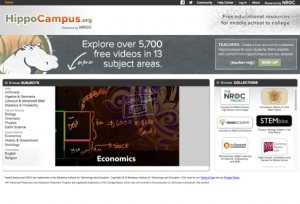 |
|
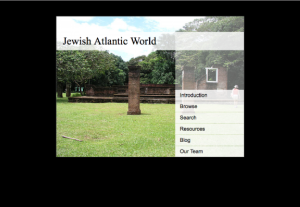 |
|
 |
|
 |
|
 |
|
 |
|
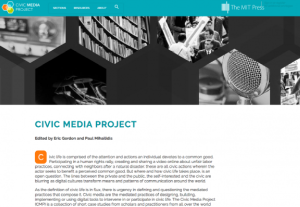 |
|
 |
|
General InterestBack to Top | |
 |
|
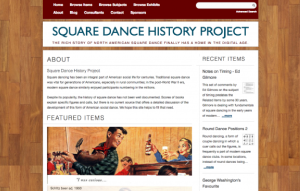 |
|
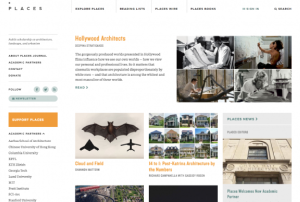 |
|
 |
|
 |
|
 |
|
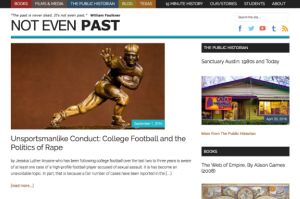 |
|
 |
|
Network ToolsBack to Top | |
 |
|
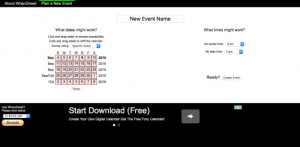 |
|
In the NewsBack to Top | |
FDA Bans Nineteen Anti-bacterial Chemicals from Soap | |
|
F.D.A. Bans Sale of Many Antibacterial Soaps, Saying Risks Outweigh Benefits FDA Bans 19 Chemicals Used in Antibacterial Soap U.S. Bans Common Chemicals in Antibacterial Soap Review of Administrative Action: National Resources Defense Council, Inc. vs. FDA NOVA scienceNOW: Killer Microbe Classroom Activity Frontline: The Trouble with Antibiotics On September 2, 2016, the Food and Drug Administration (FDA) announced that it will ban the sale of soaps containing 19 identified anti-bacterial chemicals. Companies will be given one year to phase out the use of these chemicals, which include the commonly used Triclosan. The FDA's decision comes after a series of scientific studies have demonstrated that antibacterial soaps are no more beneficial than traditional soaps. In addition, scientific research has indicated that these soaps may have ill effects on both human health and the environment. Perhaps the largest of these concerns is the role antibacterial soap may play in promoting the growth of antibiotic-resistant bacteria. Antibacterial soaps first appeared, primarily in healthcare settings, in the 1960s, yet the FDA first considered banning Triclosan as early as the 1970s. In 2010, the National Resources Defense Council sued the FDA for inaction on the subject, spurring the organization to set a timetable to make a decision about Triclosan and these other antibacterial chemicals. [MMB] The first link takes readers to a New York Times article that summarizes the FDA's decision. The second link takes readers to an article from NPR that includes a list of all nineteen antibacterial chemicals affected by the FDA ruling. Next, readers will find a more detailed account of the research on the environmental and health effects of antibacterial soaps from Monique Brouillette of Scientific American. Meanwhile, those interested in learning more about the National Resources Defense Council Inc. vs. FDA case and its legal implications can check out the forth link to read a 2015 Harvard Law Review piece on the case. Instructors will find a lesson plan about the science behind antibiotic-resistant bacteria via the fifth link. Finally, anyone interested in learning more about the role that antibiotics in agriculture and health play in the rise of "super bacteria" may want to a take a look at the 2014 Frontline documentary, The Trouble with Antibiotics. | |





